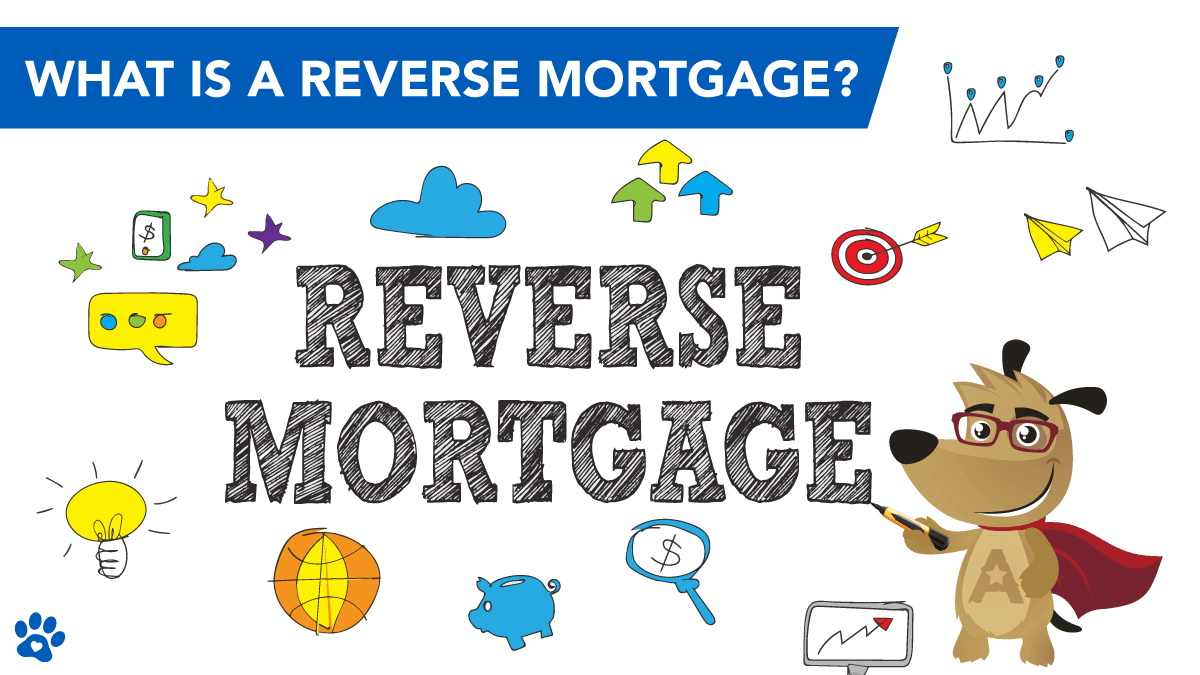What Does How Does A Funding Fee Work On Mortgages? Mean?
Reverse home loans were designed for older people to tap their home equity to increase their month-to-month money flow without the concern of monthly payments. To receive a reverse home mortgage, you should be at least 62 years old. Possible customers also must https://telegra.ph/an-unbiased-view-of-how-does-underwriting-work-for-mortgages-10-17 go through a home therapy session to make sure that they totally understand the ins and outs of a reverse mortgage.
Investment homes and holiday houses don't qualify. You need to live at the property for more than 6 months of the year. Normally, you can't obtain more than 80% of your home's value, up to the FHA optimum of $726,525 for 2019. Normally, the older you are, the more you can borrow.
" So, they are taking a look at getting a loan that's worth 68% of their house's value." You're also needed to pay real estate tax, property owner's insurance and home mortgage insurance premium in addition to preserving your house. Your lender will assess whether you have enough non reusable earnings to meet these obligations. In some cases, loan providers might need that a few of the equity from the reverse mortgage is set aside to pay those expenses going forward.
That suggests the loan balance grows in time. For example, you may borrow $100,000 upfront, but by the time you pass away or offer your home and relocation, you will owe more than that, depending upon the rates of interest on the reverse home mortgage. There are five methods to have the funds from a reverse home loan dispersed to you: You can take the money you're entitled to upfront.
Typically, these kinds of reverse home loans come with a fixed interest rate on the exceptional balance. You can get the funds as a monthly payment that lasts as long as you remain in your house. This reverse home loan generally has an adjustable rate of interest. You can receive funds regular monthly for a specific period.

The rate of interest is likewise adjustable. Under this situation, you don't take any money at all. Rather, you have a credit line you can draw on at any time. The line of credit likewise grows over time based on its adjustable rate of interest. You can likewise integrate the above choices.
The Single Strategy To Use For How Do Jumbo Mortgages Work
If you wish to alter the alternatives later, you can do this is by paying an administrative charge, Stearns said. If you wish to stay in your home for a long time in your retirement and have no desire to give your house to your kids, then a reverse home loan may work for you.
The ideal reverse home mortgage debtors also are those who have actually developed substantial and diversified retirement savings. "But they have significant wealth in their home and they desire as much spendable funds in their retirement as possible," stated Jack Guttentag, teacher of finance emeritus at the Wharton School of the University of Pennsylvania.
If you don't fully comprehend the home mortgage, you need to also avoid it. "These are complex products," Nelson stated. "It's a mind twister to think of equity disappearing." If you wish to leave your house to your kids after you die or vacate the home, a reverse home mortgage isn't a great option for you either.
If you don't make your real estate tax and insurance coverage payments, that could set off a foreclosure. Likewise, if you don't respond to annual correspondence from your loan provider, that might also prompt foreclosure procedures. Sadly, small offenses like not returning a residency postcard, missing tax or residential or commercial property insurance coverage payment, or bad servicing can lead to foreclosure rapidly.
If your partner is not a co-borrower on the reverse mortgage when you pass away, what happens next depends upon when the reverse mortgage was secured. If it was gotten on or after Aug. 4, 2014, a non-borrowing partner can remain in the house after the debtor passes away but does not get anymore of the loan funds as long as she or he satisfies these eligibility requirements: Married to the customer when the loan closed Remain married until the customer dies Named as a non-borrowing spouse in the loan documents Live and continue to live in the house as the primary home Able to show legal ownership after the debtor passes away Pay the taxes and insurance coverage and preserve the home's upkeepThe borrower and partner need to accredit at the loan's closing and every following year that they are still wed and the spouse is a qualified non-borrowing partner.
If these conditions aren't met, the partner can deal with foreclosure. For reverse home loans taken out prior to Aug. 4, 2014, non-borrowing partners have less securities. The loan provider does not need to permit the non-borrowing spouse to remain in the house after the borrower dies. A customer and his/her partner can ask a loan provider to use to HUD to permit the non-borrowing partner to stay in your house - explain how mortgages work.
What Does How Do Interest Only Mortgages Work Mean?
Some Click for info lending institutions use HECM lookalikes but with loan limits that exceed the FHA limitation. These reverse home mortgages typically are comparable to HECMs. how do reverse mortgages work after death. But it's important to comprehend any differences. Know how your reverse home loan professional makes money. If The original source paid on commission, be wary if the expert motivates you to take the optimum upfront cash, which suggests a bigger commission.
" Individuals don't take a look at reverse mortgages up until it ends up being a need. They can be desperate." There are other ways for elders to unlock the equity they developed up in their houses over the years without getting a reverse mortgage. If you require the equity for your retirement years, it's essential to think about all alternatives.

The disadvantage is giving up the family house. However prospective advantages include moving closer to household and purchasing a home better for aging in place. You can either refinance or get a new home mortgage if you do not have an existing one and squander some of the equity.
You could likewise obtain against your house equity using a house equity loan or line of credit. A loan permits you to take a lump sum upfront that you pay back in installation payments. With a line of credit, you can obtain from it at any time, up to the optimum amount.
A reverse mortgage loan, like a standard home loan, permits property owners to obtain money utilizing their home as security for the loan. Likewise like a traditional home mortgage, when you take out a reverse mortgage, the title to your home remains in your name. Nevertheless, unlike a standard home loan, with a reverse home loan, customers do not make monthly home mortgage payments.
Interest and fees are contributed to the loan balance each month and the balance grows. With a reverse home loan, house owners are needed to pay real estate tax and homeowners insurance coverage, utilize the property as their primary residence, and keep their home in good condition. With a reverse mortgage loan, the amount the property owner owes to the lender goes upnot downover time.
The 7-Minute Rule for How Do Interest Only Mortgages Work
As your loan balance increases, your home equity decreases. A reverse mortgage loan is not complimentary cash. It is a loan where borrowed cash + interest + costs every month = rising loan balance. The homeowners or their successors will eventually have to pay back the loan, generally by offering the home.
